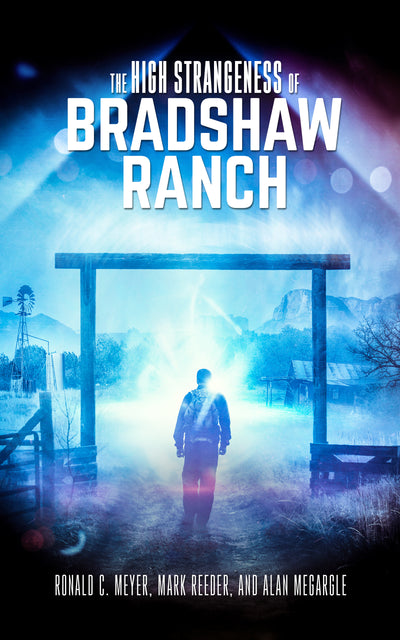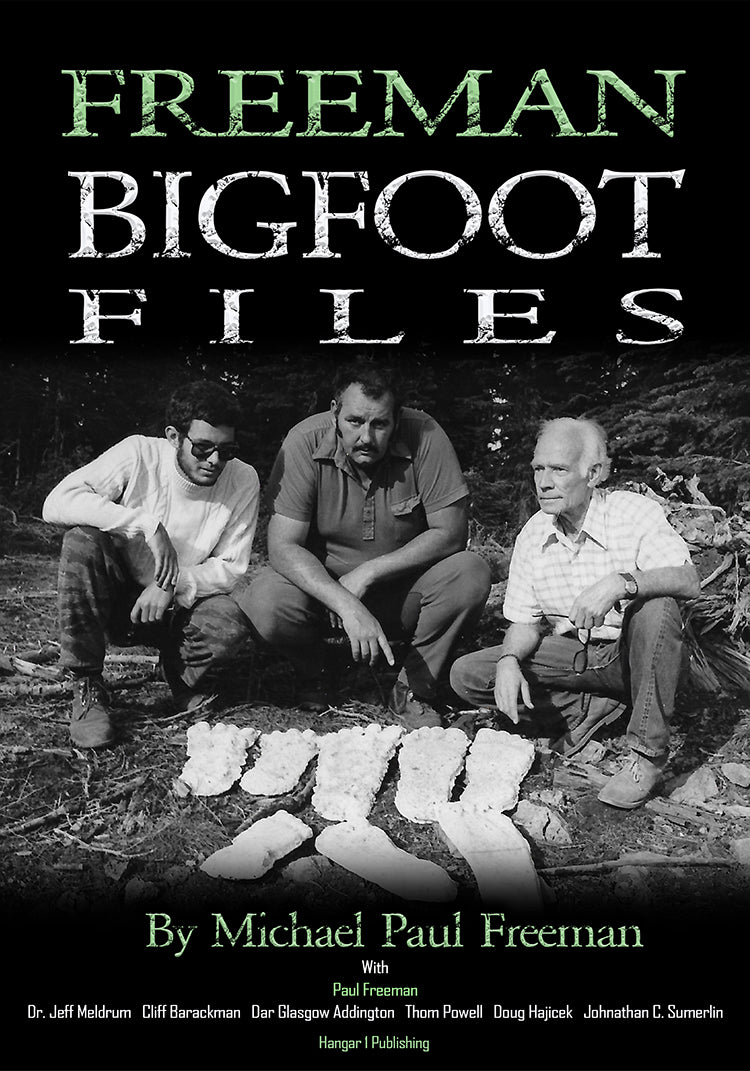UFO Tracking Radar: Why Modern Systems Miss Anomalies and How to Fix Them

By Amara Okafor, Ufologist
I still remember the day a colleague showed me radar data from a 1960s Navy incident. The returns were clear, solid, and completely inexplicable. When I asked why we don't see reports like this anymore, he gave me a troubling answer: "We probably still do. The systems just don't show them to us."
That conversation sent me down a rabbit hole that changed how I understand the entire UAP detection problem. The issue isn't that objects stopped appearing on radar. It's that we built increasingly sophisticated systems designed to ignore exactly the kind of signatures that define anomalous phenomena.
The Digital Filter Trap
Here's the uncomfortable truth: modern radar technology systematically filters out the very targets we're trying to find. Starting in the 1970s, air traffic control and military radars adopted Moving Target Indication (MTI) and Constant False Alarm Rate (CFAR) processing. These digital filters were brilliant solutions to a real problem: eliminating clutter from birds, weather, and ground returns that overwhelmed operators' screens.
But there's a catch. These same filters suppress slow-moving, hovering, or erratically maneuvering objects. Sound familiar? Those are exactly the flight characteristics reported in thousands of UAP encounters.
The data backs this up. When you look at historical archives, there's a sharp drop in radar-confirmed cases after 1970, right when digital signal processing became standard. We didn't solve the UAP problem. We just stopped seeing it.
What Your Radar Isn't Telling You
Let me break down what's happening inside these systems, because understanding the technology is the first step toward fixing it.
The Doppler Blind Spot
Most modern radars use Doppler shift to detect movement. If something's flying toward or away from the radar, the frequency of the return signal changes. That's how the system separates moving aircraft from stationary ground clutter. But here's the problem: if a target moves tangentially or hovers, it has zero Doppler shift. The system treats it like a building or a hill and filters it out.
The cutoff velocity for typical FAA air traffic control radars sits around 2.5 to 3 meters per second. Anything slower disappears from the screen. A UAP holding position? Invisible.
The CFAR Masking Problem
CFAR processors maintain a clean display by setting detection thresholds based on surrounding noise levels. It's an elegant solution until you introduce a small, anomalous target near a large conventional aircraft or crossing a coastline. The CFAR algorithm can be masked or desensitized, causing the system to miss the anomaly entirely.
This isn't a bug. It's a feature working exactly as designed, just for the wrong mission.
When Radar Did Catch Something
Before these digital filters became ubiquitous, radar systems occasionally captured stunning evidence. Let me walk you through a few cases that still give me chills.
Washington D.C., 1952
In July 1952, radar operators at Washington National Airport tracked multiple unidentified targets over consecutive weekends. The returns appeared on both the ASR-1 at National and radars at Andrews Air Force Base. Senior controller Harry Barnes described them as "good and solid," not the fuzzy blobs typical of weather anomalies.
One officer calculated a target's speed at 5,240 mph. The official explanation blamed temperature inversion causing anomalous propagation, but Barnes and other operators weren't convinced. The correlation with visual sightings from airline pilots made the weather theory harder to swallow.
These early analog radars lacked MTI filters. They showed everything, clutter and all. Ironically, that made them better at displaying anomalies.
Tehran, 1976
On September 19, 1976, an Iranian Air Force F-4 Phantom achieved radar lock with its AN/APQ-120 system at 27 nautical miles on an unknown object. The radar signature suggested something as large as a Boeing 707.
When the pilot closed to 25 nautical miles, the object accelerated away, maintaining constant separation. Then something smaller detached from the main object and moved toward the F-4. The pilot armed an AIM-9 missile. At that exact moment, his weapons panel and all communications died.
The systems returned to normal only after he broke off. A second F-4 experienced identical failures. The NSA's MIJI (Meaconing, Intrusion, Jamming, and Interference) community studied the case, noting the pattern of electromagnetic interference correlated with offensive action.
Belgium, 1990
The Belgian wave reached its peak on the night of March 30-31, 1990. Ground radar at Glons CRC and Semmerzake TCC tracked unknown objects, prompting the Belgian Air Force to scramble two F-16s equipped with AN/APG-66 pulse-Doppler radar.
The fighters achieved radar lock three times. Each time, the target performed maneuvers that broke the lock. In one sequence, a target's speed changed from 150 knots to 970 knots while altitude dropped from 9,000 to 5,000 feet, then shot up to 11,000 feet before descending to ground level. All within seconds. No sonic boom.
The Belgian Air Force released an official report ruling out conventional aircraft, weather phenomena, and stealth technology. They concluded the events were unexplainable.
Nimitz, 2004
The USS Princeton, an Aegis-class cruiser, tracked anomalous objects with its AN/SPY-1B radar for several days in November 2004. Senior Chief Kevin Day reported groups of up to 20 objects appearing at 80,000 feet, dropping to 28,000 feet, then descending to just 50 feet above the sea in 0.78 seconds.
The math on that descent is staggering: at least 75 g acceleration and speeds up to 46,000 mph. When F/A-18F fighters intercepted, their AN/APG-73 radars couldn't maintain a lock, though the ATFLIR pod captured infrared video of what pilots described as a "Tic Tac."
Here's the frustrating part: radar data tapes from the Princeton and E-2C Hawkeye were allegedly removed, leaving a gap in the evidence. Standard data retention policies weren't designed for anomalous events.
The Citizen Science Revolution
While I was exploring this historical pattern, something exciting was happening in the amateur research community. People were building their own radar systems using software-defined radios and existing broadcast signals.
The breakthrough came with passive radar networks. Instead of transmitting their own signals, these systems use commercial FM radio broadcasts as illuminators of opportunity. Two antennas, one pointed at a broadcast tower (reference) and one pointed at the sky (surveillance), capture direct and reflected signals. Cross-correlating these signals reveals range and Doppler velocity of aerial targets.
SkyWatch and the Path Forward
The SkyWatch project, developed with Harvard's Galileo Project, demonstrated what's possible. Their network claims the ability to track objects up to 150 km away, at altitudes up to 80 km, and at speeds up to Mach 5.8, with updates 15 times per second.
Phase-1 trials validated tracks against known aircraft from ADS-B data. This isn't amateur hour anymore. We're talking about military-grade detection capabilities built by researchers for less than $1,500 per node.
Building Your Own Node
I've been following the hardware evolution closely. You can build a capable passive radar system with surprisingly accessible components:
- A multi-channel coherent SDR like the KrakenSDR (around $400)
- A GPS-disciplined oscillator for precise timing (Leo Bodnar Mini GPSDO, $150)
- Directional antenna pointed at a broadcast tower ($100)
- Four surveillance antennas arranged in an array ($200)
- FM notch filter and low-noise amplifier ($150)
- Mini PC or Raspberry Pi 5 for processing ($400)
- Mounting hardware and weatherproofing ($100)
Total cost: roughly $1,500. The software processing uses open-source tools like GNU Radio, implementing Cross-Ambiguity Function algorithms to generate Range-Doppler maps.
The beauty of this approach is validation. You can compare your tracks to publicly available ADS-B data from sites like ADSBExchange, confirming your system works correctly before trusting detections that don't correlate with known traffic.
Why Sensor Fusion Changes Everything
Here's something that became clear from studying official UAP investigations: single-sensor detections rarely get resolved. Of the 757 new UAP reports investigated by AARO between May 2023 and June 2024, only a small fraction had time-synchronized data from multiple sensor types.
But those multi-sensor cases? They yielded disproportionately higher resolution rates.
Think about it. A radar might track something anomalous, but atmospheric conditions could explain it. Add an infrared camera showing the same object at the same time, and you're building a stronger case. Layer in RF spectrum analysis detecting unusual electromagnetic signatures, and you're approaching verifiable data.
The key is synchronization. All sensors need GPS-disciplined oscillators providing precise timestamps. That allows you to correlate detections across platforms with certainty.
The Global Data Divide
One pattern I couldn't ignore during my research: the availability of radar-linked UAP data splits sharply along geopolitical lines.
Western nations, particularly NATO allies, offer greater transparency. France's GEIPAN agency routinely releases radar plots and air traffic control data from notable incidents. Belgium published detailed reports from its 1990 wave, including F-16 radar tracks.
Russia and China? Complete blackout. Their advanced air defense networks, featuring powerful VHF and over-the-horizon radars, almost certainly detect anomalies. But these nations treat all anomalous returns as state secrets, viewing them through counterintelligence and air defense lenses.
This creates a disclosure bias in the global dataset. Higher case counts from Western nations don't necessarily mean more activity. They indicate different reporting cultures.
Fixing Modern Radar Systems
If you're an operator or investigator with access to radar systems, there are specific adjustments that can make them UAP-capable without compromising their primary mission.
Adjusting MTI and CFAR Parameters
For ground-based ATC radars like the ASR-11, lowering the MTD cutoff velocity from 2.5-3.0 m/s to under 1.0 m/s opens the window to slower targets. Yes, you'll see more ground clutter. That's the tradeoff. But in specific sectors or during scheduled observation windows, it's manageable.
Switching from Cell-Averaging CFAR to Ordered-Statistic CFAR improves performance in multiple-target environments. The computational load increases, but modern processors handle it.
Raw I/Q Data Capture
This is the game-changer. Recording raw I/Q (in-phase and quadrature) data preserves everything about a contact before any filtering. A practical approach uses an event-triggered ring buffer: the system continuously records the last 30-60 seconds. When an operator flags a target of interest, those seconds get saved to permanent storage with GPS timestamps and sensor metadata.
For chain of custody, hash the data files immediately and store them in write-once-read-many format. This ensures integrity for future analysis.
Track-Before-Detect Algorithms
Phased-array radars can implement Track-Before-Detect algorithms like Bernoulli filters. Instead of requiring a single detection to exceed a high threshold, these process low signal-to-noise ratio data over multiple scans, building tracks from signals that would otherwise be lost in noise.
The Next Generation
The technology landscape is shifting in ways that could dramatically improve UAP detection.
The Navy's AN/SPY-6 radar, replacing the SPY-1 on newer destroyers, brings significantly increased sensitivity and processing power. Its software-defined architecture means filtering and tracking logic can be updated to search for and retain anomalous signatures.
Even more transformative: NASA's UAP study recommended using commercial satellite constellations. Low Earth Orbit Synthetic Aperture Radar satellites could provide persistent, global, all-weather imaging. A network of space-based radars could retroactively confirm ground-based UAP reports, providing independent verification of an object's size, shape, and trajectory.
Getting Access to Official Data
If you're trying to access government radar data through official channels, understand the landscape.
The All-domain Anomaly Resolution Office is the central hub for U.S. government UAP investigation. They maintain a secure reporting portal for current and former government personnel. The ODNI publishes annual reports with statistical summaries, though they lack granular case data.
For independent researchers, FOIA is your tool. But temper your expectations. Requests for raw radar data (I/Q files) get denied almost universally, citing national security classification and protection of intelligence sources and methods.
Your best strategy: request processed data products rather than raw data. Ask for radar plots in formats like ASTERIX, deck logs with timestamps and kinematic descriptions, or sanitized metadata fields (time, range, altitude, velocity) without underlying raw signals. Be specific about incidents, dates, locations, and sensor platforms. Broad requests get rejected.
What You Can Do Now
Whether you're a professional operator or an amateur investigator, here are practical steps:
If you have access to radar systems, advocate for adjustable filter settings during observation windows. Push for raw data recording capabilities with event-triggered buffers. Champion sensor fusion approaches that correlate radar with EO/IR cameras, RF spectrum analyzers, and ADS-B receivers.
If you're building a citizen science system, start with validation against known aircraft. Cross-reference your detections with ADS-B and NEXRAD weather radar data to establish baseline performance. Join collaborative networks to share data and methodologies.
For everyone: understand that the absence of evidence in modern radar data doesn't equal evidence of absence. The systems weren't designed to see what we're looking for. Changing what the radar is allowed to see changes what we find.
That 2023 Chinese spy balloon incident proved it. When NORAD adjusted its radar filters to become more sensitive to slow-moving, high-altitude objects, detections immediately increased. We weren't seeing new phenomena. We were finally allowing ourselves to see what was already there.
The technology exists. The methodology is sound. What we need now is the will to look past the filters we've built, both technological and institutional, and examine what our systems have been quietly discarding for decades.
From Bigfoot to UFOs: Hangar 1 Publishing Has You Covered!
Explore Untold Stories: Venture into the world of UFOs, cryptids, Bigfoot, and beyond. Every story is a journey into the extraordinary.
Immersive Book Technology: Experience real videos, sights, and sounds within our books. Its not just reading; its an adventure.


























